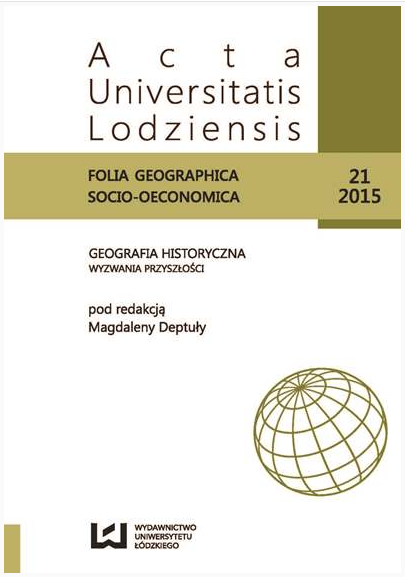Srebrenica: where the war never ended
Srebrenica: miejsce, gdzie wojna nie ma końca
Author(s): Antonio ViolanteSubject(s): History, Geography, Regional studies, Regional Geography, Local History / Microhistory, Military history
Published by: Wydawnictwo Uniwersytetu Łódzkiego
Keywords: nationalism; genocide; negationism; United Nations
Summary/Abstract: In Bosnia and Herzegovina changed both by the 1992–1995 war and the Dayton peace which was imposed from outside and which officialised the nationality- -based division of the country, the contrasts that exploded during the conflict are still unsolved. The political forces still base their electoral consent upon nationalistic themes, while the population has lost faith when it comes to a prospective of an economically better future. A good example of this situation is the town of Srebrenica and its surroundings, where Europe’s biggest genocide since WW2 took place. There rest thousands of Muslims killed in July 1995 under the eyes of the UN military forces. The cemetery, a tangible symbol of the horrors which happened at the end of the XX century – not so different from the Nazi concentration camps that were left standing for the whole world to see and for the generations to come to keep as a warning – should inspire absolute respect in anyone. But it does not. This area is inhabited mainly by a Serbian population, and is exposed to insults and abuse from people driving by. Twenty years from the genocide – which is considered as such by Muslims only and not by Serbs – true peace is still far away, and the nationalities – ex enemies but still rivals – think that only their own dead are to be remembered, while those others are only result of media publicity. Yet if all that can happen in the Third millennia Europe, it means that there is still something wrong in the continent.
Journal: Acta Universitatis Lodziensis. Folia Geographica Socio-Oeconomica
- Issue Year: 21/2015
- Issue No: 3
- Page Range: 137-156
- Page Count: 20
- Language: English

